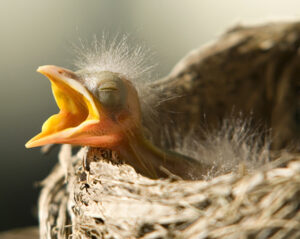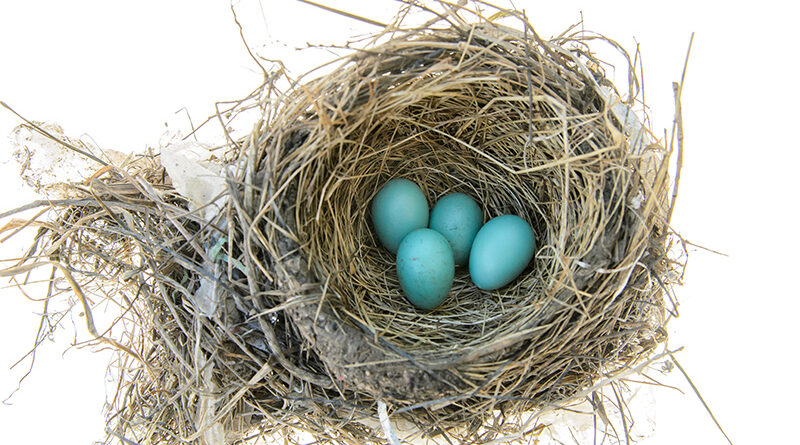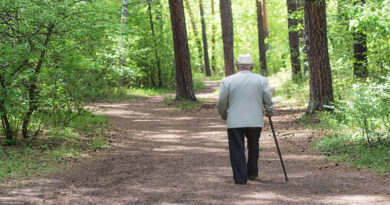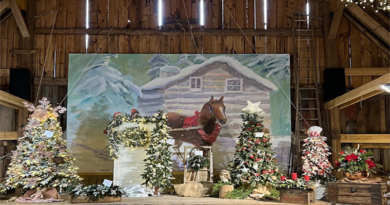The Magic of Nests…
 If you think about it, a bird egg is a beautiful thing. Within this fragile container is the promise of new feathered life. And bird eggs come in a surprising variety of shapes, sizes and colours. No matter what they look like, there is one fact that may seem obvious but deserves mention – eggs roll. And a rolling egg is not a safe egg. Keeping her eggs both warm and safe is the challenge every mother bird faces. That is why she makes a nest – sometimes an elaborate affair like the woven, hanging nest of a Northern Oriole, or sometimes as simple as a hollow scrape in the ground like that of a Killdeer.
If you think about it, a bird egg is a beautiful thing. Within this fragile container is the promise of new feathered life. And bird eggs come in a surprising variety of shapes, sizes and colours. No matter what they look like, there is one fact that may seem obvious but deserves mention – eggs roll. And a rolling egg is not a safe egg. Keeping her eggs both warm and safe is the challenge every mother bird faces. That is why she makes a nest – sometimes an elaborate affair like the woven, hanging nest of a Northern Oriole, or sometimes as simple as a hollow scrape in the ground like that of a Killdeer.
Making a bird’s nest doesn’t seem that remarkable but if you think about it, birds do have a handicap – they don’t have hands! So, they need to use their beaks and feet. Imagine making a nest using only your mouth and toes? And yet the nests that birds such as warblers, orioles and finches create from a few bits of grass, bark, twigs and mud are truly wondrous examples of nature’s architecture – it is worthwhile to remind ourselves that humans aren’t the only builders on this planet.
One of the most common nests you will see in urban and rural settings are those made by the American Robin. The male and female work together to find a site shielded from sun, wind and rain and hidden from predators, built on something solid – a ledge, a windowsill or a forked tree branch. Each pair of robins will collect over 350 individual fibers of grass, twigs and wildflowers. At times they’ll even weave in bits of paper and plastic bags – whatever is close at hand (or beak). Robins will wait until after a soaking of rain to scoop up beak-fulls of mud, making several hundred trips back and forth to collect enough quantities of mud to bind all the plant fibers together.
Next, they’ll use their feet and beak to weave the fibers and mud together. They’ll make sure the nest is securely anchored to whatever is underneath and they’ll use their tummy to shape and sculpt the sides. Lastly, they’ll line the inside of the nest with soft grass, even their own feathers and bits of fur. The nest will have to be small enough to keep the heat in and the eggs warm but big enough to accommodate growing chicks and mom. A clutch of baby robins can weigh up to 300 grams when they are ready to leave the nest!
Submitted by Jacob Rodenburg, Executive Director of Camp Kawartha, an award-winning outdoor education centre and summer camp.
——————————————————————————————–
Try making your own nest.
Mix mud and dried grass together. Start by making a flat disk and then work on building up the edges. Use lots of mud. Pinch, shape and knead with your hands until you have the shape of a robin’s nest. Line with dried grass or cattail fluff. Place in a nearby tree. Who knows, a robin might just move in!




